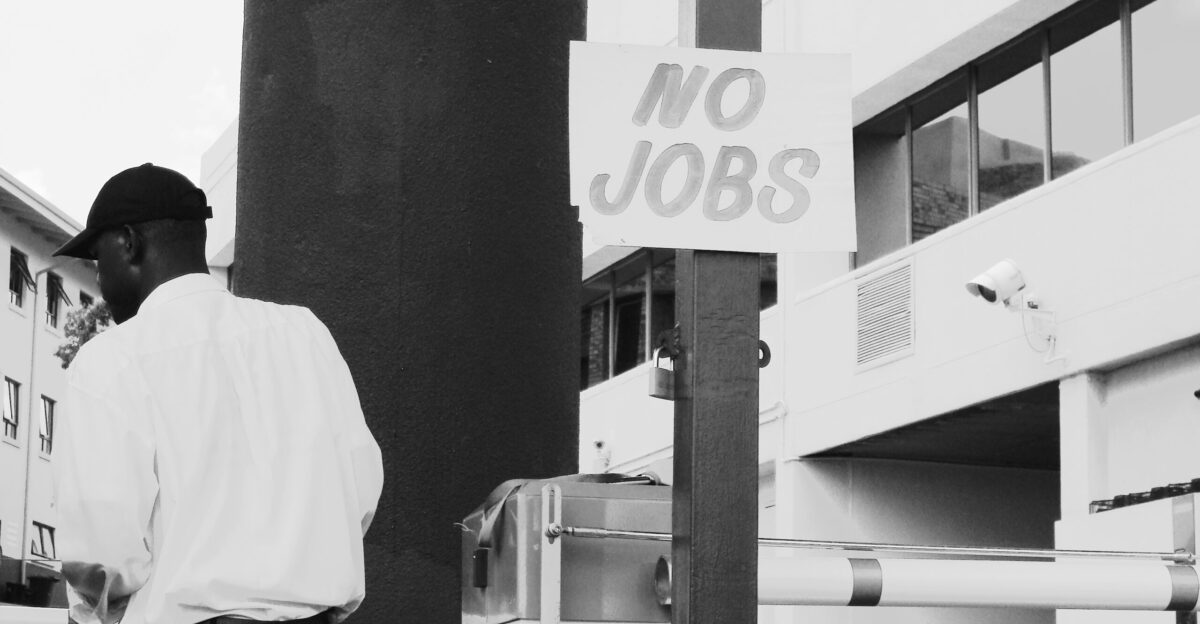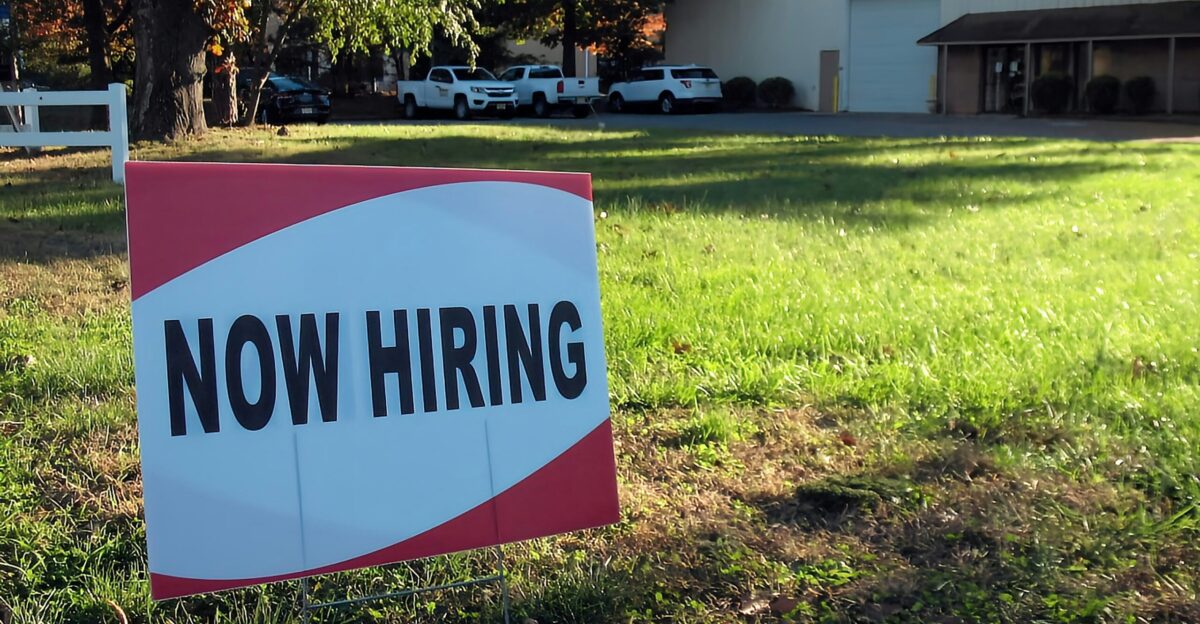
Across the United States, a wave of uncertainty is sweeping through workplaces. Thousands of employees are facing sudden layoffs and restructuring, but the whole story behind this shift is still unfolding. Economic pressures, changing market dynamics, and evolving consumer habits are all contributing to an environment where job security feels increasingly fragile. While the headlines reveal job cuts, the underlying causes are complex and multifaceted.
This growing uncertainty is causing concern among workers, employers, and communities alike. Many are left wondering how profound and lasting these changes will be. What started as isolated incidents has now become a nationwide trend, signaling that the labor market is entering a challenging phase. As this story develops, it will reveal much about the resilience and adaptability of the American workforce in 2025. Stay tuned as we explore the full impact.
Job Cuts Ripple Across the Nation

Job cuts are no longer confined to a few industries or regions; they are rippling across the entire country. From bustling metropolitan areas to smaller towns, communities coast to coast are feeling the impact. The layoffs affect millions of American families, disrupting household incomes and local economies. Regions with heavy concentrations of federal employment, retail, and technology sectors are particularly vulnerable.
This widespread trend highlights how interconnected the U.S. economy has become, where shifts in one industry can cascade into others. The stakes are high not only for those directly losing jobs but also for the broader economic health of communities. As businesses tighten their belts, the ripple effects could influence everything from consumer spending to housing markets. The question remains: could your city or town be next? Understanding this broad impact is key to grasping the current labor market challenges.
From Boom Times to New Challenges

Not long ago, the U.S. job market was thriving. Hiring was strong, unemployment rates were low, and opportunities seemed plentiful across many industries. The economy was on an upward trajectory, giving workers confidence and businesses room to grow. However, that era of steady growth is now facing unexpected challenges. Inflationary pressures, rising operational costs, and shifts in consumer behavior have combined to disrupt this momentum.
Many companies are reassessing their workforce needs amid these uncertainties. The once-booming job market now faces headwinds that threaten to slow growth and increase unemployment. This shift is shaking the foundation of industries that had become accustomed to steady expansion. The contrast between recent prosperous years and today’s difficulties underscores the volatility of the current economic environment and the need for adaptation.
Economic Pressures Create a Perfect Storm

Several economic factors are converging to create a perfect storm for the U.S. labor market. Rising inflation and supply chain disruptions have increased costs for businesses, squeezing profit margins. Policy changes, including adjustments in interest rates and regulatory environments, add further uncertainty. Meanwhile, consumer spending habits are evolving rapidly, with more people shopping online and prioritizing different goods and services.
These forces force companies to rethink their workforce strategies, often resulting in layoffs or hiring freezes. The combination of these pressures has been unprecedented in recent years, leading to cautious approaches by employers. Many are prioritizing cost-cutting measures to remain competitive in a shifting landscape. This complex mix of economic challenges is driving the surge in job cuts seen in 2025, signaling a labor market under stress.
744,000 Jobs Cut: A Stark Reality

In the first half of 2025, over 744,000 jobs have been cut across the United States, marking the highest level of layoffs since the early days of the COVID-19 pandemic in 2020. This surge in job cuts is a stark indicator of the challenges facing the labor market. The increase in unemployment claims reflects growing economic uncertainty and cautious employer sentiment. Industries such as technology, retail, and federal employment have seen some of the most considerable reductions.
This wave of layoffs signals a significant shift from the hiring boom of recent years to a more restrained and uncertain job market. Workers affected by these cuts face immediate financial and emotional challenges, while policymakers and businesses must grapple with how to stabilize and stimulate employment growth. The scale of these job losses underscores the seriousness of the economic headwinds in 2025.
Regional Hotspots of Job Losses

Job cuts are not evenly distributed across the country. Certain regions are experiencing more severe impacts due to their industrial makeup. States with large federal employment sectors, such as Virginia and Maryland, have seen significant layoffs linked to government downsizing. Retail-heavy states like California and Texas are also facing store closures and workforce reductions as consumer spending shifts. The technology sector, concentrated in states like Washington and California, continues to shed jobs amid market corrections and cost-cutting efforts.
These regional disparities highlight how local economies can be disproportionately affected, leading to increased economic hardship in certain areas. Families and communities in these hotspots are feeling the strain, with fewer job opportunities and increased competition for available positions. Understanding these regional differences is crucial for targeted economic support and workforce development initiatives.
Small Businesses and Franchisees Under Pressure

Small business owners and franchisees are caught in the crossfire of the current economic challenges. Many face declining sales as consumers tighten their budgets and shift spending habits. Rising costs for supplies, rent, and labor further squeeze profit margins. As a result, numerous small businesses are forced to reduce staff or close locations altogether. Franchise owners, who often operate on thin margins, are particularly vulnerable.
These closures and layoffs not only affect business owners but also the employees who rely on these jobs for their livelihoods. Small businesses are vital to local economies and job creation, so their struggles have broader implications for community stability. Support measures and adaptive business strategies will be essential to help these entrepreneurs weather the storm and preserve jobs.
Industry Giants Slash Jobs to Stay Competitive

Major corporations in retail, technology, and services are leading the wave of layoffs to cut costs and remain competitive. Companies like Amazon, Walmart, and several tech giants have announced significant reductions in their workforce. These moves are driven by a need to streamline operations amid slowing sales and economic uncertainty.
The layoffs by these industry leaders increase pressure on smaller competitors, who often lack the financial reserves to absorb similar shocks. This competitive squeeze is reshaping the employment landscape, as businesses of all sizes adjust to a more cautious market environment. The decisions made by these giants have ripple effects across supply chains and local economies, amplifying the impact of job cuts nationwide.
Changing Consumer Habits Reshape Employment

Consumer behavior is shifting rapidly, significantly impacting employment across sectors. The continued rise of e-commerce has led to declining foot traffic in malls and brick-and-mortar stores, forcing many to close or downsize. Consumers are also prioritizing experiences and digital services over traditional retail purchases. These changes require businesses to adapt quickly or face closure and layoffs.
Companies investing in online platforms and delivery services are growing, while those tied to outdated models struggle. This transformation is not only reshaping where people shop but also the types of jobs available. Warehouse workers and delivery drivers are replacing retail sales associates. Understanding these evolving consumer trends is essential for anticipating future job market shifts and preparing the workforce accordingly.
What Lies Ahead for the American Workforce?

The future of the American workforce remains uncertain as 2025 progresses. Will new industries and technologies create fresh job opportunities to replace those lost? Or will the trend of layoffs and job market contraction continue? Policymakers, businesses, and workers face critical decisions in the coming months. Investments in workforce retraining, education, and economic stimulus could mitigate the impact and foster recovery.
Meanwhile, businesses must innovate and adapt to changing market realities to survive and grow. For workers, flexibility and skill development will be key to navigating this evolving landscape. The coming period will test the resilience of the U.S. labor market and determine how quickly it can rebound from these challenges.